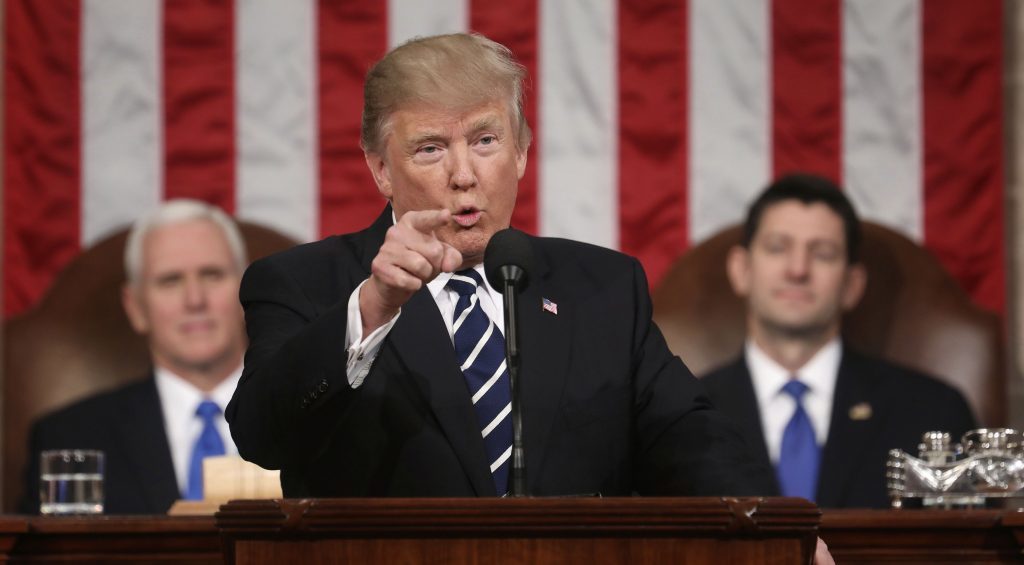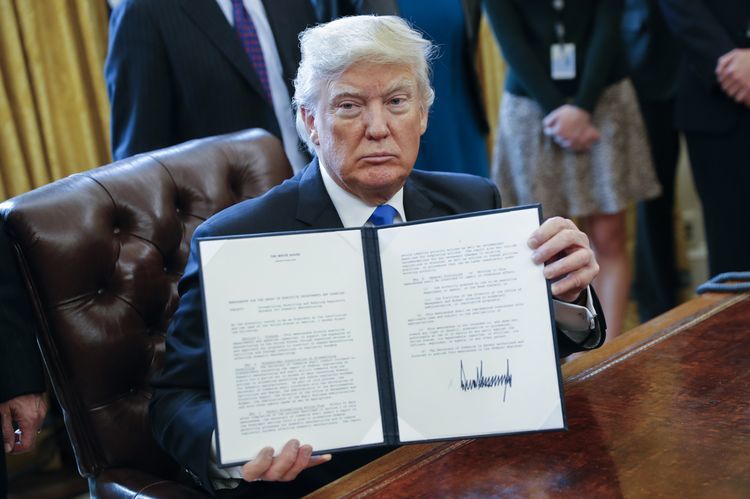
The US has renewed its threat to place 25% on 50 billion dollars (£38bn) of Chinese goods in retaliation for what it says are the country’s unfair trade practices.
The White House has also said that it would place new restrictions on Chinese investment into the United States and limit US exports of high-tech goods to China.
The threats come just over a week after trade tensions between the world’s two largest economies had seemingly eased.
Treasury Secretary Steven Mnuchin said May 20 that the trade conflict was “on hold”.
Mr Mnuchin’s comments followed a commitment by China to significantly increase its purchases of US farm goods and energy products, such as natural gas.
Commerce Department Secretary Wilbur Ross is scheduled to visit China on Saturday to negotiate the details of that agreement.
Some trade experts said the tariff announcement is likely intended to strengthen Mr Ross’s hand.
Other analysts, however, say the newly confrontational stance may be intended to appease congressional critics of a deal Mr Trump’s administration made on Friday that allowed Chinese telecom giant ZTE Corp to stay in business.
The tariff threat is unlikely to derail ongoing talks, they said.
“This is really about Congress,” said Derek Scissors, a China specialist at the conservative American Enterprise Institute. “I don’t think it blows up a deal with the Chinese.”
China’s Ministry of Commerce responded in a mild fashion Tuesday.
The Ministry said the White House’s announcement “is contrary to the consensus the two sides have previously reached,” according to China’s official news agency, Xinhua.
The statement did not reiterate China’s own previous threats to impose 50 billion dollars in retaliatory tariffs on US goods.
Members of both parties in the House and Senate slammed the agreement Mr Trump’s administration reached with ZTE Friday, in which the Chinese firm agreed to remove its management team, hire American compliance officers, and pay a fine.
The fine would be on top of a 1 billion dollar (£750m) penalty ZTE has already paid for selling high-tech equipment to North Korea and Iran in violation of US sanctions.
In return, the Commerce Department lifted a seven-year ban on ZTE’s purchase of US components that it had just imposed earlier in May.
China had complained strongly that the ban would put ZTE out of business, costing 70,000 jobs.
Mr Trump tweeted last month that the ban threatened too many Chinese jobs and he wanted to get the company “back in business, fast”.
Republican and Democratic Senators attacked the deal as insufficient punishment for a company that defied US sanctions policy.
The White House said on Tuesday that it will focus the tariffs on cutting-edge technologies, including those that China has said it wants to dominate as part of its “Made in China 2025” programme.
Under that programme, China aims to take a leading role in areas such as artificial intelligence, robotics, and electric cars.
The list of imports subject to the duties will be announced by June 15, the White House said, and the tariffs will be imposed “shortly thereafter”.
The list will be based on a previous compilation of 1,300 goods released in April that will be narrowed based on public comments the administration has received.
The list includes computer equipment, aerospace parts, medical devices, and industrial machinery.
Recommended for you
